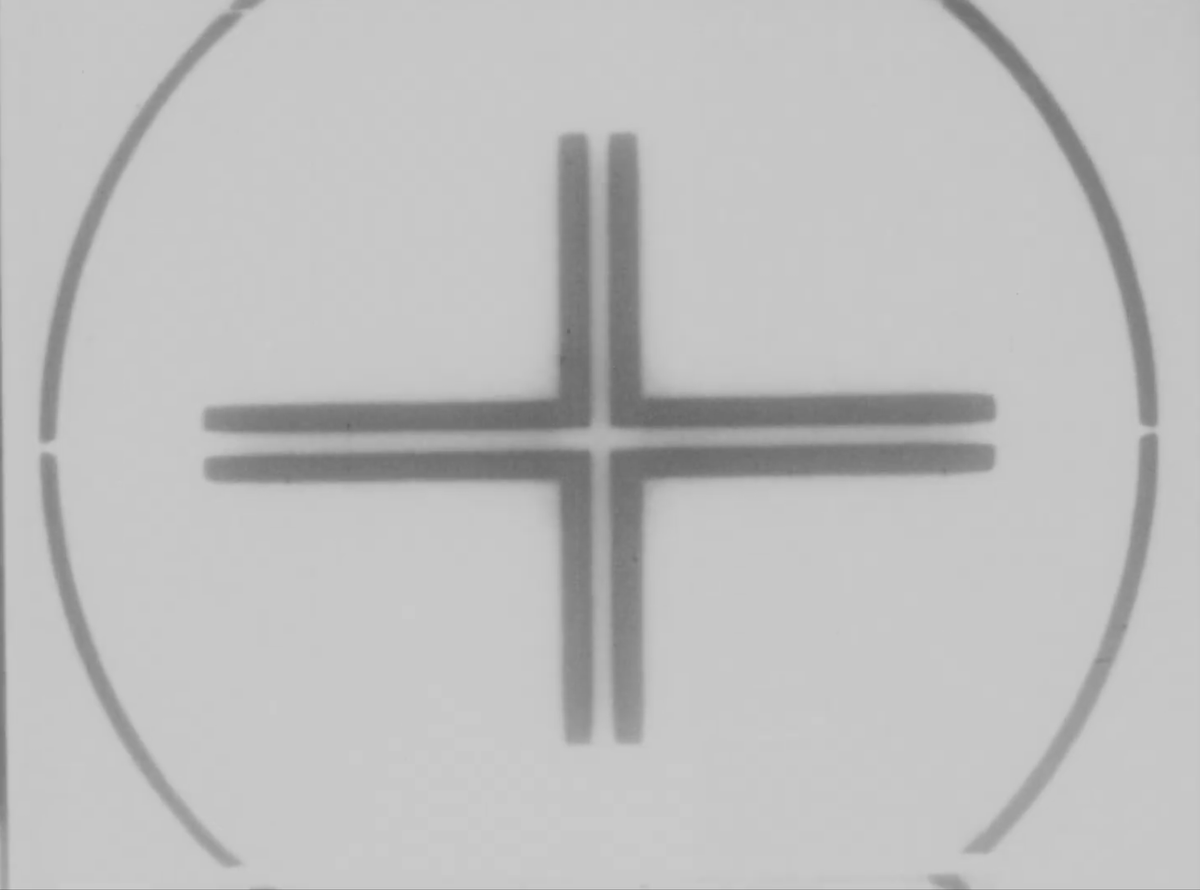
What recent exhibition did you see that made a strong impression on you and why?
That’s almost too many to name. Just last week, I heard Jason Moran’s solo piano tribute to Duke Ellington, Ellington in Focus, featuring a large projection slideshow of Gordon Parks’ photos of Ellington from Parks’ personal archive at the Apollo Theater in Harlem. Moran’s novel arrangements of Ellington’s songbook for solo piano (with highly laudable detours through less treaded compositional territory), allowed me to hear his compositions with completely fresh ears, and Moran’s playing was overwhelmingly beautiful all night. Thrilling, rich and sublime.
But just a couple of days ago, I hosted a screening of educational films in the Spring Film Seminar that I am teaching at Princeton University this semester. The program was all analog (five films on 16mm and one on 35mm) curated by Brittany Gravely from Harvard Film Archive, and I’m still assimilating what I saw. The program was called Learning to Be Human and the films were unlike anything I’d ever seen. Individually they were extraordinary, collectively near astounding. Brittany’s curatorial vision for this program strikes me as singular. True to her descriptive texts, these educational films really had synthesized New Hollywood, cinema verite and elements of the avant-garde. The program was truly remarkable.
In recent weeks and months, I have seen several wildly ambitious, sprawling exhibitions highlighted by Project a Black Planet at the Art Institute of Chicago, Edges of Ailey at the Whitney Museum of American Art and Flight Into Egypt: Black Artists and Ancient Egypt 1876-Now at the Metropolitan Museum of Art. Also, a couple of special solo shows: Nina Chanel Abney’s Winging It exhibition at Jeffrey Deitch in Los Angeles and Tschabalala Self’s Dream Girl show at the same gallery, but in their smaller space a few blocks away.
What are you working on right now and where will you present your work next?
I am working on several projects: Speaking in Tongues: Take Two, my expanded remix of Speaking in Tongues: Take One, which is an experimental film inspired by Ishmael Reed’s novel Mumbo Jumbo.
I’m also working on a collaboration with Thomas Comerford about the Black diaspora’s relationship to water (think Middle Passage, Flint and beyond), called Bathers after the Georges Seurat painting. The first installment is about a 1919 event in Chicago when a white mob threw stones at Eugene Williams, a 17-year old African American, when he swam across an imaginary line in Lake Michigan dividing the Black side of the beach from the white side. Their stones resulted in Williams’ drowning death, touching off the events of the Red Summer in Chicago.
Another project I’m working on is God Bless the Child. This is my first explicitly autobiographical work, which is a major departure from previous work in that regard. In this film, I draw directly from my infancy and experience as a foster child, combining photos, official records, newspaper clippings and other materials from my personal archives with 16mm film footage shot on three continents in five cities, making it my most ambitious project yet in terms of its scope and scale. I also mix in references to Saidiya Hartman’s “Lose Your Mother,” heavy doses of acapella R&B classics, and reflections on Francois Truffaut’s 400 Blows. My aim is to situate the carceral qualities of the social welfare state and child services in liberal democracies in relation to Black childhood in the US within the broader context of the transatlantic slave trade and the French Catholic Church’s colonization of both West Africa and the Americas. In the film, I present my hometown of St. Louis, Missouri and Saint-Louis, Senegal as colonized fraternal twin cities. I am also working on a few odds and ends that I won’t go into just now.
Upcoming screenings include:
- May 1 – Visual Studies Workshop, Rochester, New York: Speaking in Tongues: In Dialogue with Christopher Harris
- May 19-21 – Videoex, Zurich: Christopher Harris, Bricks Laid by Hand
- May 23 – Cinéma Spoutnik, Geneva: still/here
- May 27 – Barbican, London: God Bless the Child + Conversation with Christopher Harris and Kodwo Eshun, Experiments in Film
- May 28 – Tate Modern, London: Christopher Harris: Speaking in Tongues
- May 30-31 – Austrian Filmmuseum, Vienna: Christopher Harris, Take One + Take Two
What are the biggest challenges in sustaining your practice where you are based?
It’s always a challenge to sustain my practice no matter where I am. The only time I didn’t face major challenges was when I was an MFA student at the School of the Art Institute of Chicago working on my thesis film still/here for two years. I had the time, space, and resources to work as a “slow chef”, as Greg de Cuir Jr likes to say of me. I think the deliberate pace of my work is felt in that film’s form. Being a full-time professor means that I have many duties that take me away from work but at the same time, much of it, my teaching, mentoring, community engagement, usually finds its way back into the work in some fashion.
